Table of Contents
Tired of waiting for the squat rack? Done with the locker room smell and that one guy who grunts louder than he lifts? Building your own workout space isn't just a pipe dream; it's a practical move. Getting the righthome gym equipment kitis the first step to reclaiming your fitness routine on your own terms. No more wasted commute time, no more questionable hygiene practices from strangers. Just you, your gear, and the work. But where do you even begin with piecing together a setup that actually works for you, your goals, and crucially, your available square footage and budget? It's not about buying every shiny piece of equipment you see online. It's about smart choices. This article cuts through the noise, helping you figure out the essentials for a solid home gym equipment kit, how to pick what fits your life, and how to make that investment pay off in real results. We'll walk through common setups, key pieces of gear, and what to consider before you click 'buy'. Let's get this done.
Building Your Ideal Home Gym Equipment Kit
Building Your Ideal Home Gym Equipment Kit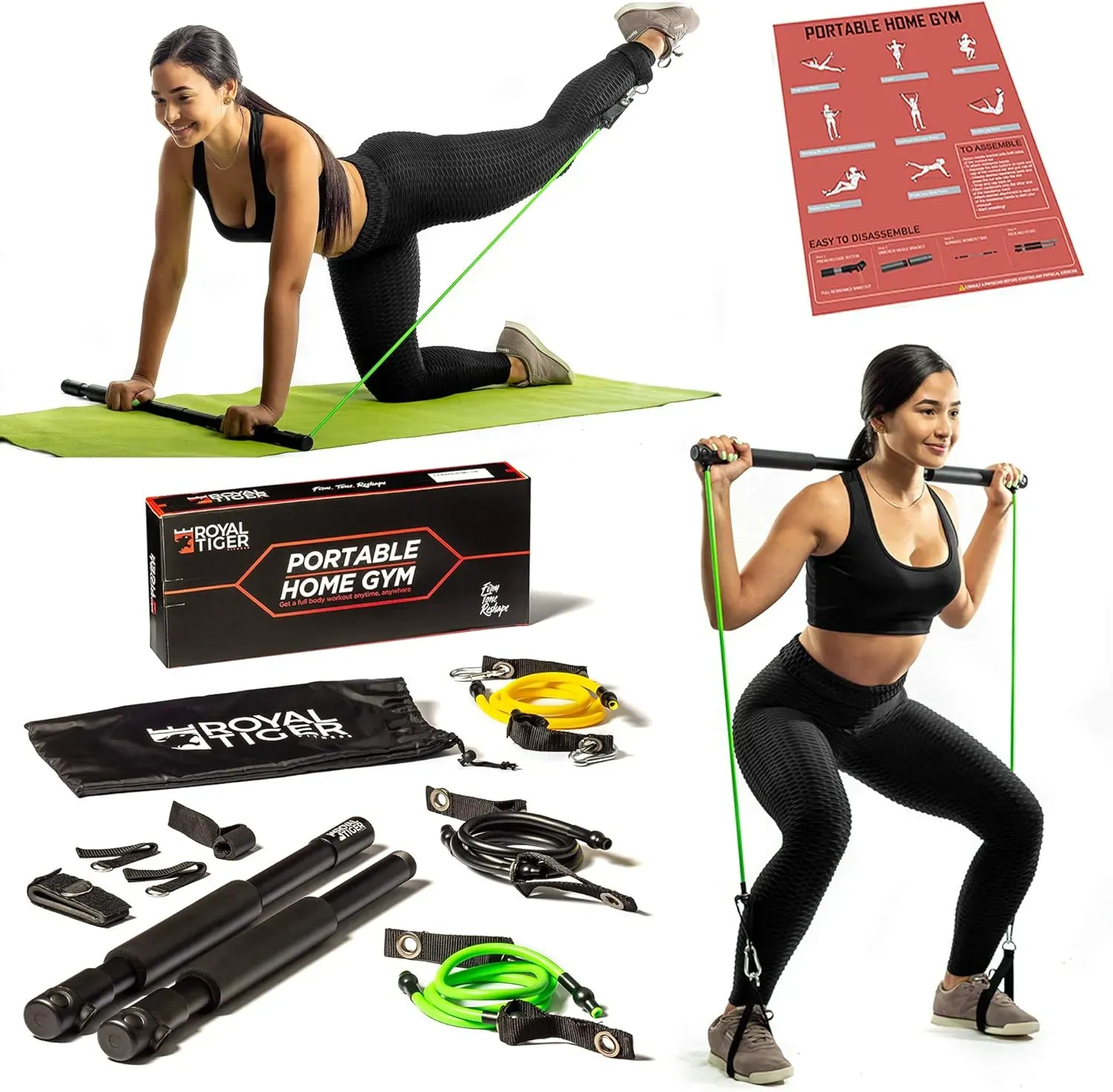
Starting with the Nitty-Gritty: Space, Goals, and Wallet
Alright, so you're ready to ditch the crowded gym scene and build your own iron haven. Awesome. But before you go clicking 'add to cart' on every cool-looking piece of gear, let's get real about what you're working with. Building your idealhome gym equipment kitisn't a free-for-all shopping spree; it's a strategic operation. First up, space. How much room do you actually have? A corner of the garage? A spare bedroom? The basement? Be honest. Measure it out. Don't forget ceiling height, especially if you're thinking about pull-up bars or anything overhead. Next, your goals. Are you trying to get massive? Just stay fit and healthy? Train for a marathon? What you want to achieve dictates the kind of equipment you need. Finally, the budget. This is where dreams meet reality. Figure out what you can comfortably spend. It's better to buy a few quality pieces you'll actually use than a bunch of cheap junk that gathers dust.
Prioritizing Your Purchases for Maximum Impact
Once you know your constraints and goals, it's time to prioritize. You can't buy everything at once unless you've got a Scrooge McDuck money bin. For most people starting out, a solidhome gym equipment kitbegins with foundational pieces. Think compound movements. Squats, presses, pulls. That usually means a rack (even a half rack or squat stand works), a barbell, and some weight plates. Maybe a bench if your budget allows. You can do an insane amount of work with just these basics. Calisthenics more your jam? A good pull-up bar and rings are gold. Cardio fanatic? A jump rope is cheap and effective, or maybe you save up for a quality cardio machine down the line. The point is, buy what gives you the biggest bang for your buck based on your specific needs first, then add the bells and whistles later.
Here's a quick look at common starting points:
- Minimalist Strength: Adjustable dumbbells, resistance bands, pull-up bar.
- Serious Lifter (Space Dependent): Squat rack/stand, barbell, plates, adjustable bench.
- Bodyweight Master: Pull-up bar, gymnastic rings, parallel bars (or dip station).
- Cardio Focused (with some strength): Jump rope, kettlebell, maybe a spin bike or rower.
Essential Gear in a Home Gym Equipment Kit
Essential Gear in a Home Gym Equipment Kit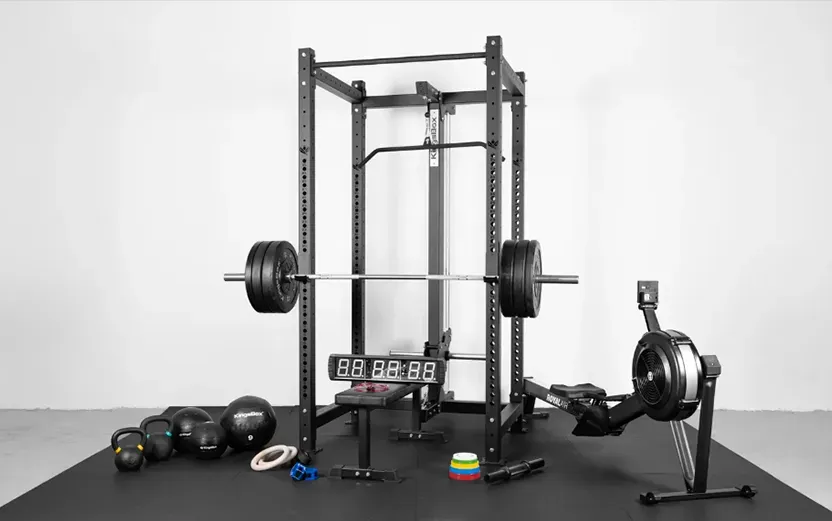
The Foundation: Racks, Bars, and Plates
so you've measured the space, figured out your goals, and set a budget. Now for the fun part: picking the actual gear for yourhome gym equipment kit. If strength training is your main gig, the absolute core is usually a rack system, a decent barbell, and some weight plates. Don't skimp here if you're serious. A flimsy rack is a recipe for disaster, or at least a really unstable squat. You don't necessarily need a full power cage if space is tight; a squat stand or a wall-mounted rack can be incredibly effective, especially the foldable ones that disappear when you're done. A good 20kg Olympic barbell is standard, but if you're just starting or have specific needs (like a lighter bar for technique work), there are options. Plates are plates, mostly, but bumper plates are a lifesaver if you're lifting on a surface you don't want to destroy (like, you know, a garage floor you actually care about) or if you plan on doing Olympic lifts.
Beyond the Bar: Benches, Bells, and Bands
Once you've got the main lifting structure sorted for yourhome gym equipment kit, you start adding versatility. An adjustable bench is practically non-negotiable. It opens up a ton of exercises, from incline presses to seated shoulder work, and even step-ups. Don't underestimate the power of dumbbells or kettlebells either. They are fantastic for accessory work, unilateral movements, and metabolic conditioning. You can get adjustable ones if space is really tight, but fixed-weight ones often feel better and are more durable in the long run. Resistance bands are another cheap, lightweight addition that offers variable resistance, great for warm-ups, stretching, and even some isolation exercises. My own first home setup years ago literally started with just a pull-up bar in a doorway and a pair of adjustable dumbbells I got from a second-hand store. You make do with what you have.
Think about these versatile additions:
- Adjustable Weight Bench
- Dumbbells (adjustable or fixed)
- Kettlebell(s)
- Resistance Bands (various strengths)
- Jump Rope
Accessories and Smart Additions
Rounding out yourhome gym equipment kitinvolves smart accessories and storage. Chalk is essential if your hands get sweaty and you're lifting anything heavy. A good set of collars for your barbell keeps the plates from sliding off (trust me, you don't want that). Flooring is often overlooked but important – rubber mats protect your floor and equipment, and provide better grip. Storage solutions, like plate trees, dumbbell racks, or wall-mounted organizers, keep your space tidy and safe. Nobody wants to trip over a rogue kettlebell. Depending on your goals, you might add things like a dip station, a GHD (Glute-Ham Developer) if you're fancy and have the space, or even a simple ab wheel. These aren't day-one purchases for most, but they are solid upgrades once the core of your home gym equipment kit is established.
Choosing the Right Home Gym Equipment Kit for Your Space
Choosing the Right Home Gym Equipment Kit for Your Space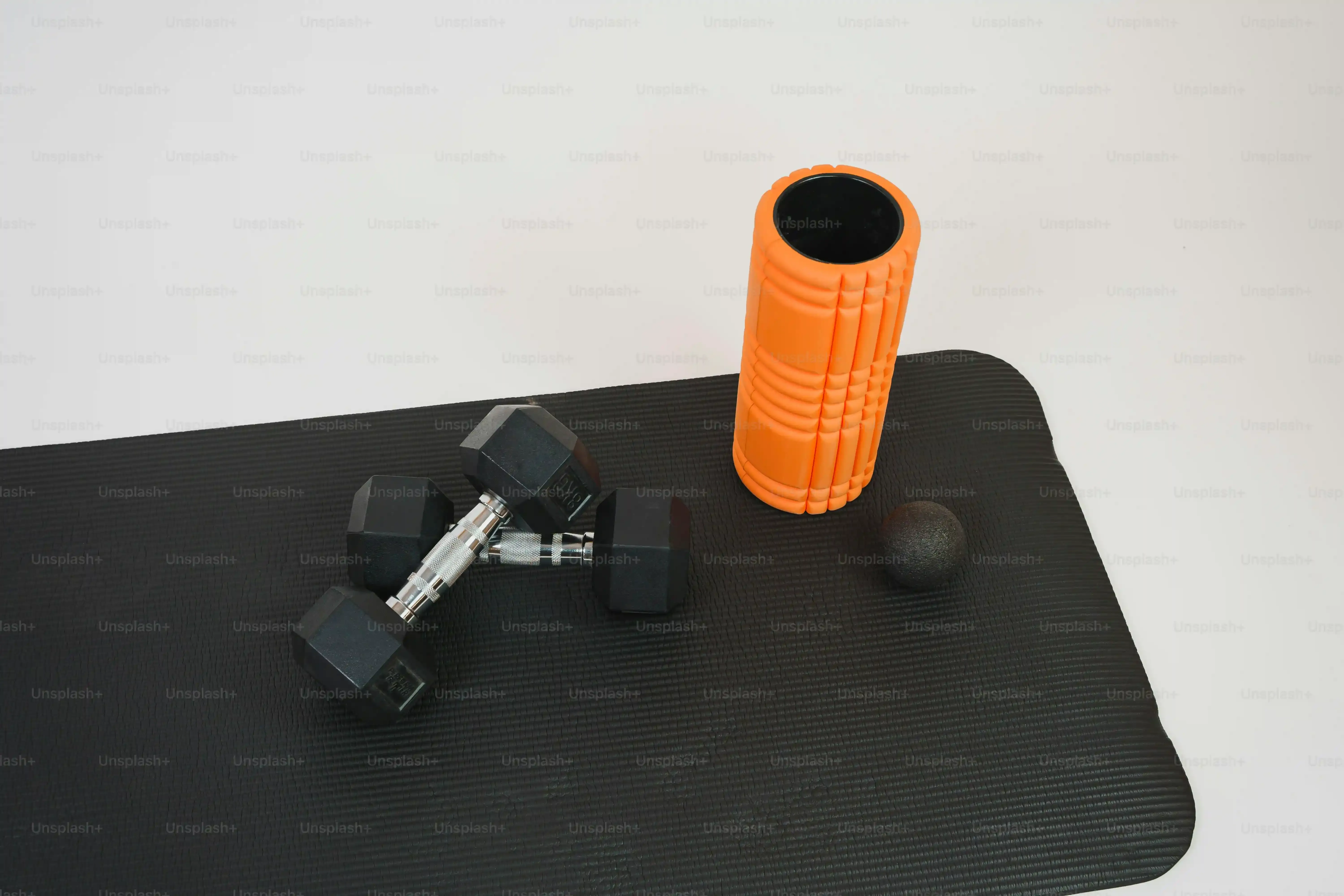
Matching Your Gear to Your Square Footage
Alright, let's talk turkey about fitting this whole fitness thing into your actual house or apartment. Choosing the Right Home Gym Equipment Kit for Your Space isn't just about what exercises you like; it's a geometric puzzle. Got a dedicated two-car garage bay? Great, you can probably fit a full power cage, a weightlifting platform, and maybe even a cardio machine. Living in a studio apartment? Your options shrink significantly, but that doesn't mean you're stuck doing push-ups forever. This is where clever design comes in. Foldable racks that tuck against the wall, adjustable dumbbells that replace a whole rack of weights, or resistance bands that fit in a drawer become your best friends. Don't forget vertical space! Wall-mounted storage keeps things off the floor. Before you buy anything, measure your area, draw a little sketch if you have to, and map out where things will go, keeping in mind you need room *around* the equipment to actually use it safely and effectively. Trust me, trying to squat with the bar hitting the ceiling is less than ideal.
Comparing Different Home Gym Equipment Kit Options
Comparing Different Home Gym Equipment Kit Options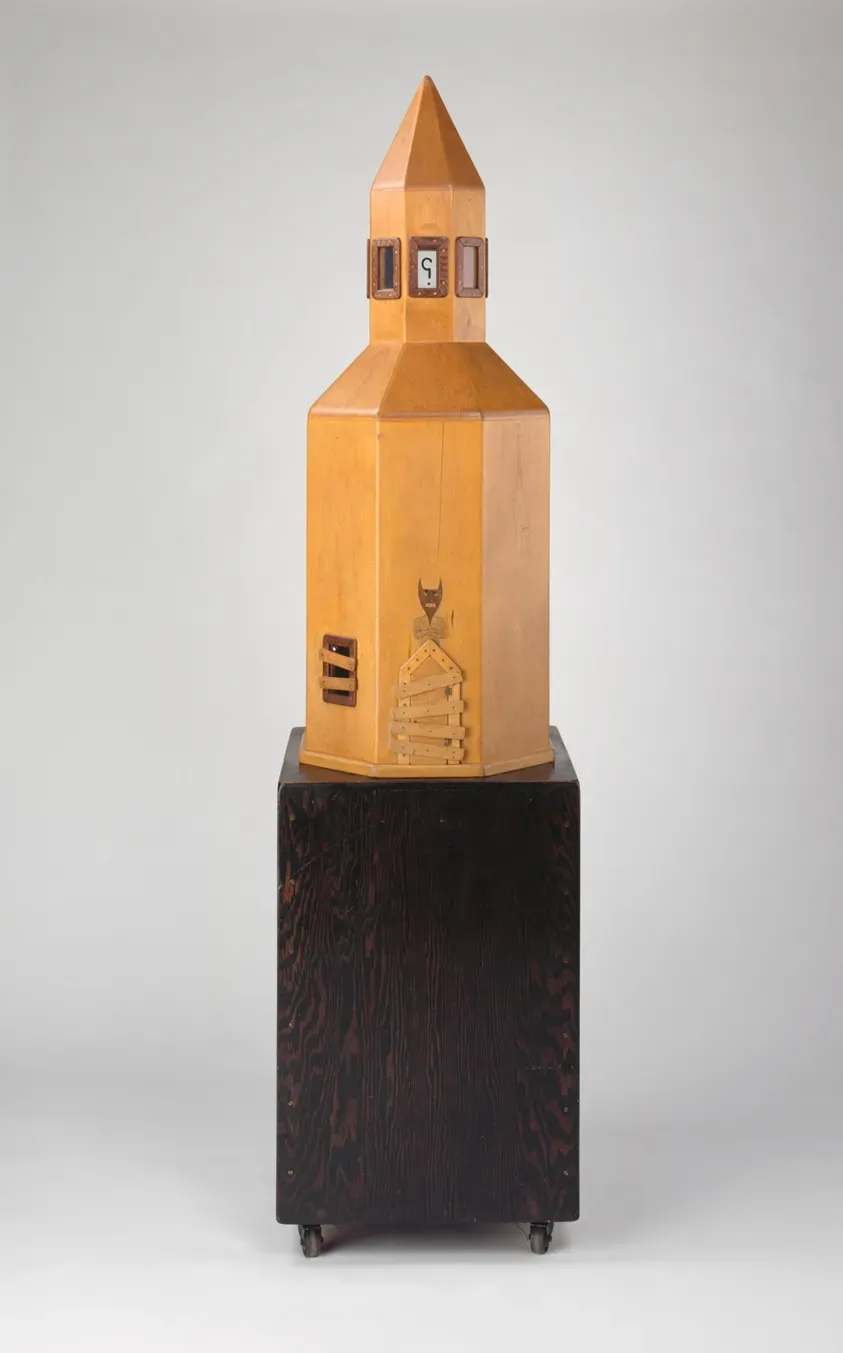
Weighing Up Your Choices
so you've got your space measured and a rough idea of your fitness goals and budget. Now comes the fun part, or maybe the slightly overwhelming part: actually looking at what's out there.Comparing Different Home Gym Equipment Kit Optionscan feel like staring into a fitness equipment abyss. You see starter kits, advanced kits, kits for small spaces, kits focused purely on strength or cardio. It's easy to get analysis paralysis. The truth is, many companies package gear into 'kits' to make it easier, but you need to look past the marketing. A "beginner kit" might be perfect for you even if you're not a beginner, simply because it fits your space or budget better. Conversely, an "advanced" kit might be overkill if you only need a few key pieces. Think about the core movements you want to perform and see which pre-built or conceptual kits align with those needs, rather than just buying a package because it sounds good. It's like buying a car – you don't just buy the 'family car' package; you look at the features, size, and price to see if it fits your actual family and driving habits.
Here's a simplified breakdown of common kit types you might encounter:
- The 'Essentials' Kit: Often includes adjustable dumbbells, resistance bands, and maybe a jump rope. Good for small spaces and general fitness.
- The 'Strength Builder' Kit: Usually centers around a squat rack or stand, barbell, and weight plates, sometimes with a bench. For those focused on lifting heavier.
- The 'Functional Fitness' Kit: Might include kettlebells, medicine balls, rings, and battle ropes. Focuses on dynamic, full-body movements.
- The 'Compact' Kit: Features foldable racks, adjustable weights, and multi-use equipment designed to save space.
Making the Most of Your Home Gym Equipment Kit
Making the Most of Your Home Gym Equipment Kit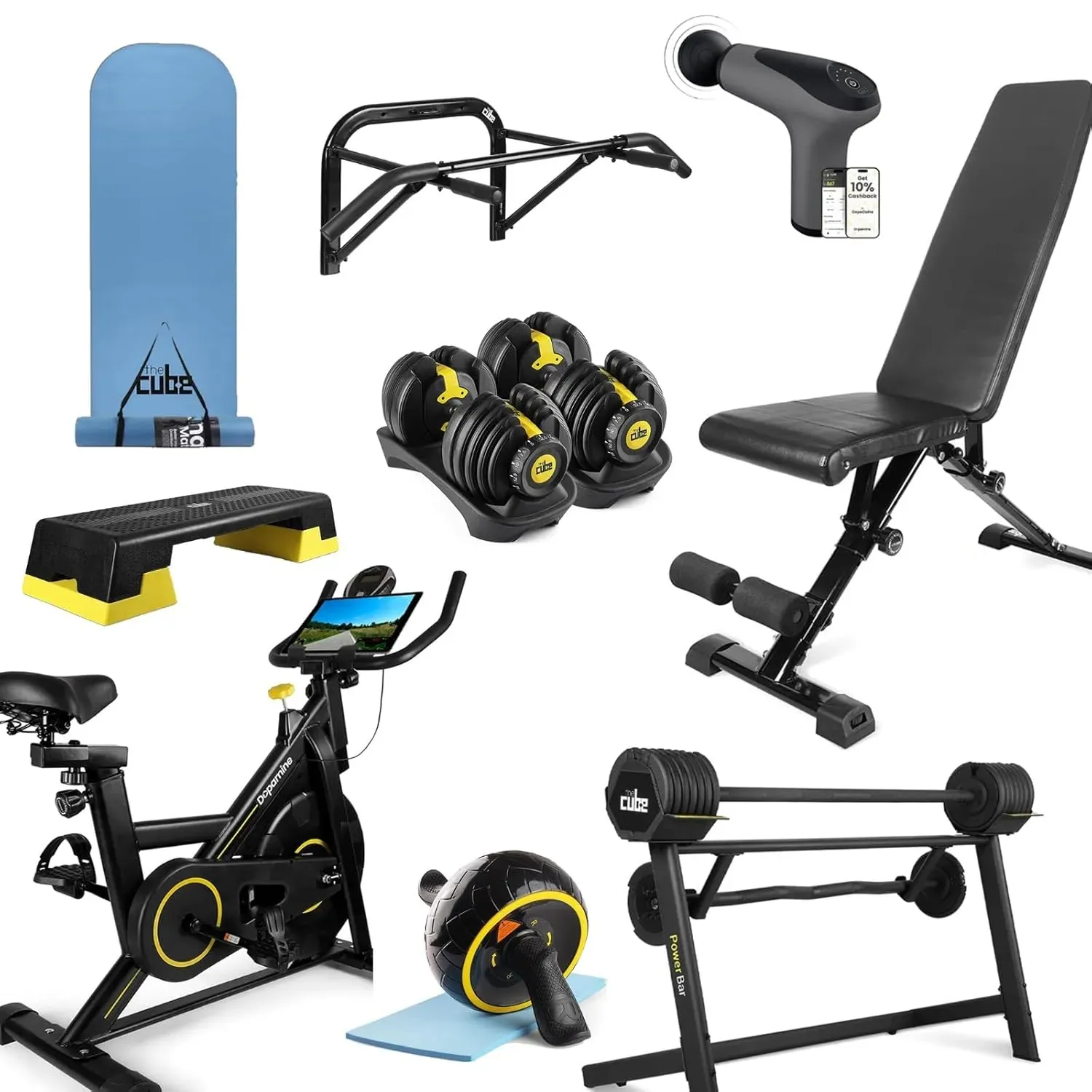
Actually Using the Stuff You Bought
you've measured, budgeted, bought, and assembled yourhome gym equipment kit. It's sitting there, maybe looking a little intimidating, maybe just looking like a pile of potential. Now what? The biggest mistake isn't buying the wrong gear; it's not *using* the gear you bought consistently. Making the Most of Your Home Gym Equipment Kit starts with a plan. You wouldn't just wander into a regular gym without some idea of what you're doing, right? Same goes for your home setup. Find a program that fits your goals and the equipment you have. There are tons of free resources online, or you can invest in a good training app or even a coach for a bit to get you started. Schedule your workouts like appointments you can't miss. Put them in your calendar. Lay out your workout clothes the night before. Treat it like the important part of your day that it is.
Consistency Beats Everything, Plus Smart Upgrades
Look, the novelty of a newhome gym equipment kitwears off. Life happens. Work gets crazy, the kids are demanding, the couch is *really* comfortable. But consistency is the secret sauce. Five shorter workouts a week beat one marathon session when you finally 'feel like it.' Track your progress – whether it's lifting more weight, doing more reps, or just getting through the whole planned session. Seeing those small wins adds up and keeps you motivated. As you get stronger or your goals shift, you might find you need a little something extra. Maybe you started with bands and now need dumbbells, or you want to add a pull-up bar to your rack. These small, targeted upgrades to your home gym equipment kit are smart investments that keep your training fresh and challenging, unlike buying a random piece of equipment you saw on an infomercial at 2 AM.
What's one small addition that could make your current home gym equipment kit feel brand new?
Making Your Home Gym Equipment Kit Work
So you've weighed the options, measured your space, and maybe even pulled the trigger on ahome gym equipment kit. That's the easy part, frankly. The real challenge isn't assembling the rack or unboxing the plates; it's showing up consistently, day after day, when there's no coach yelling or gym buddy waiting. Your home gym is a tool, a potentially powerful one, but it doesn't magically grant gains. It requires discipline. Treat it like a real training environment, not just a corner where laundry piles up. Wipe down the equipment, put weights away, and stick to a plan. The initial investment in gear is significant, sure, but the ongoing cost is your effort. Make it count.